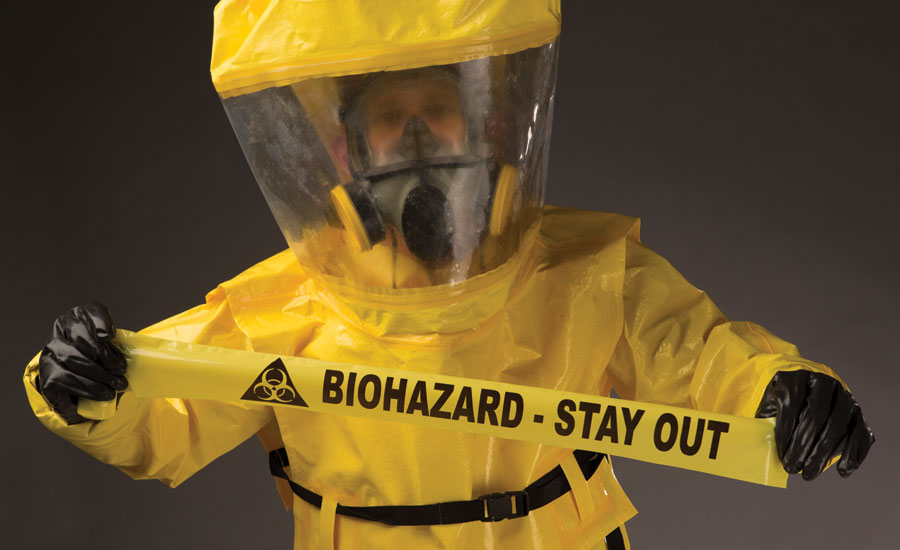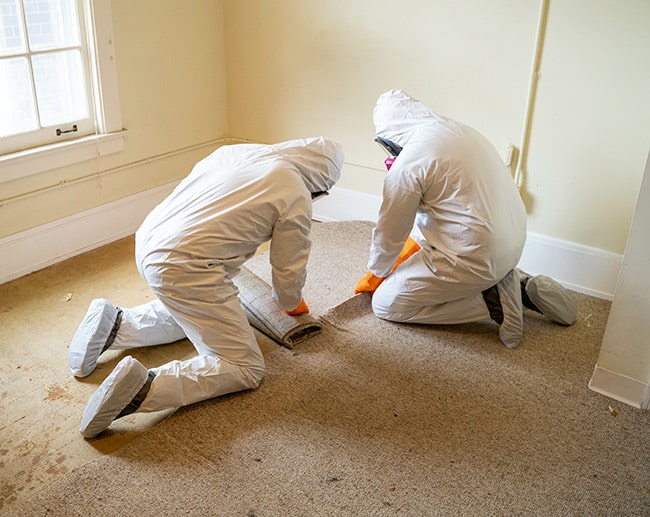Precise ATP Testing for Effective Sanitation and Hygiene Monitoring
Precise ATP Testing for Effective Sanitation and Hygiene Monitoring
Blog Article
Expert Biohazard Cleaning and Decontamination for Blood, Bodily Fluids, and Hazardous Materials
The prospective health dangers associated with direct exposure to biohazards underscore the important need for careful handling and thorough clean-up. As we browse the elaborate landscape of biohazard cleaning, understanding the subtleties of regulations, compliance, and the customized equipment at play ends up being essential in making sure a detailed and safe purification procedure.
Health Dangers of Biohazard Direct Exposure
Direct exposure to biohazards poses considerable wellness threats that can result in serious effects for communities and individuals alike. Biohazards include a vast array of biological compounds, consisting of blood, physical liquids, mold and mildew, bacteria, viruses, and other potentially contagious materials. When individuals come right into call with these biohazards, whether via crashes, improper handling, or environmental exposure, they face the risk of contracting major diseases or illness.
One of the main health and wellness dangers connected with biohazard direct exposure is the transmission of transmittable diseases. Bloodborne pathogens such as HIV, hepatitis B and C, and various bacteria can be present in biohazardous materials, posing a straight threat to human wellness. Breathing in air-borne biohazards like mold and mildew spores or entering contact with polluted surfaces can also lead to respiratory system concerns, allergic reactions, and other unfavorable health effects.
Furthermore, biohazard direct exposure can have lasting health and wellness ramifications, with some diseases showing up years after the first get in touch with (Blood Cleanup). As a result, it is important to prioritize correct biohazard cleansing and purification to alleviate these health threats and make certain the security of individuals and areas

Specialized Educating for Biohazard Cleanup
When it involves dealing with biohazard cleaning efficiently and securely, specialized training plays a basic role in making certain proper decontamination treatments are followed. Biohazard clean-up calls for specific understanding and abilities to effectively reduce threats related to bloodborne microorganisms, physical liquids, and hazardous materials. Specialists educated in biohazard cleanup go through extensive guideline on how to safely deal with, eliminate, and dispose of biohazardous materials to avoid contamination and direct exposure.
Specialized training for biohazard cleaning covers a variety of important topics, including appropriate individual safety tools (PPE) use, bloodborne virus awareness, decontamination techniques, and dangerous waste disposal procedures. Individuals learnt biohazard clean-up are furnished with the needed expertise to assess contamination levels, identify potential hazards, and implement appropriate cleanup procedures in conformity with governing criteria.
Continual training and education and learning are extremely important in the area of biohazard clean-up to stay updated on the most recent decontamination technologies, safety and security methods, and guidelines. By buying specialized training, biohazard clean-up professionals can effectively react to emergency situation clean-up circumstances and safeguard both public health and the setting.
Value of Appropriate Decontamination Strategies
Using appropriate decontamination strategies is vital in biohazard clean-up to effectively lessen and get rid of hazardous products health threats. Efficient find here decontamination not just guarantees the elimination of noticeable traces of blood, bodily liquids, and other biohazards yet also targets unseen microorganisms that may present major wellness risks otherwise correctly eliminated. By adhering to rigid decontamination methods, educated professionals can dramatically reduce the risk of direct exposure to harmful microbes, infections, and germs that can result in infections or conditions.
Appropriate decontamination methods entail making use of specific tools and disinfectants that are particularly designed to reduce the effects of biohazards properly. Comprehensive cleansing and cdc blood cleanup sanitation of contaminated areas are necessary to avoid the spread of microorganisms and make certain a safe atmosphere for passengers. In addition, the correct disposal of biohazardous waste complying with purification treatments is vital in preventing contamination of other surfaces or people.

Tools and Devices for Safe Cleaning
When dealing with blood, bodily liquids, or dangerous products, biohazard cleaning specialists rely on specialized equipment to reduce direct exposure risks and extensively decontaminate the damaged area. Furthermore, biohazard cleansing sets having disinfectants, absorbing materials, and biohazard bags are utilized to securely get rid of and include of infected items.
Advanced cleansing tools like hospital-grade anti-bacterials, HEPA-filtered vacuum cleaners, and fogging makers are employed to sterilize surface areas and get rid of biohazards efficiently. Specialized tools such as sharps containers and biohazard garbage disposal bins are used to securely manage sharp items and biohazardous waste products. By making use of the right devices and devices, biohazard cleansing professionals can make sure a thorough clean-up process that focuses on safety and security and minimizes health and wellness dangers for both employees and owners of the affected space.
Laws and Conformity in Biohazard Cleansing
Correct adherence to laws and conformity standards is critical in biohazard cleaning to make sure the safety and security of both employees and the setting. Federal government firms such as OSHA (Occupational Safety and Health Administration) and the EPA (Epa) have established specific guidelines for biohazard cleanup procedures to minimize health risks and environmental contamination. These regulations cover a range of aspects consisting of the handling, transport, and disposal of biohazardous products, in addition to the needed training and safety devices required for personnel included in the cleaning process.
Biohazard cleansing companies must remain up-to-date with these regulations to ensure that their operations satisfy the called for security standards. Failure to adhere to these policies can result in extreme repercussions, including fines, lawful action, and endangering the wellness of people and the atmosphere. By following rigorous guidelines and compliance measures, biohazard cleansing business can efficiently minimize dangers and guarantee a risk-free and extensive cleanup procedure for all parties entailed.
Final Thought
Finally, biohazard cleansing and decontamination call for specialized training, proper methods, and adherence to guidelines. Exposure to blood, physical fluids, and harmful materials presents significant health and wellness risks, making it critical to use the appropriate equipment and devices for safe clean-up. By adhering to strict procedures and standards, experts can successfully mitigate the risks related to biohazard exposure and make sure the safety and security of both themselves and others.
As we navigate the complex landscape of biohazard cleaning, understanding the nuances of laws, compliance, visit this website and the specialized devices at play comes to be crucial in ensuring a thorough and safe decontamination procedure. (Blood Cleanup)
When it comes to taking care of biohazard cleanup efficiently and safely, specialized training plays an essential function in making certain correct decontamination procedures are followed.Using appropriate decontamination methods is vital in biohazard cleaning to properly eliminate hazardous materials and minimize health risks. Additionally, biohazard cleaning kits containing disinfectants, absorbent products, and biohazard bags are made use of to securely have and get rid of of polluted items.
Government agencies such as OSHA (Occupational Safety And Security and Wellness Management) and the EPA (Environmental Security Company) have established details standards for biohazard clean-up procedures to minimize wellness threats and environmental contamination.
Report this page